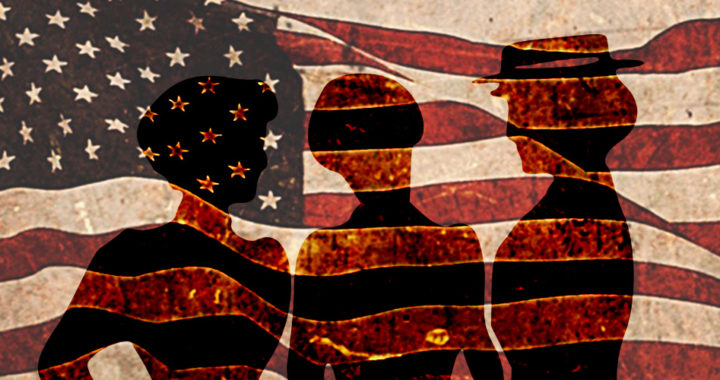The American Revolution did not only result in the independence of the Thirteen Colonies from Great Britain and the establishment of the United States. The momentous sociopolitical upheaval that transpired between 1765 and 1783 became a platform for American women to actively participate in social, political, and economic affairs of the Thirteen Colonies, thus making them valuable contributors in nation-building.
Women In The American Revolution: Roles and Contributions During the Revolution
One of the definitive resources for exploring and understanding the roles and contributions of women in the American Revolution is the book “Revolutionary Mothers: Women in the Struggle for America’s Independence” by historian Dr. Carol Berkin.
Aside from maintaining households and overseeing livelihoods while the men in their families were at the forefront, a number of European-American women patriots across the colonies organized boycotts of British imports, spearheaded the homespun movement that promoted the purchase of domestically made textile products, and raised funds to support the cause of the American Patriots.
Berkin highlighted the contribution of these women in paralyzing British trade. She explained that by the middle of the eighteenth century, they have become major consumers. Unmarried women, wives, and widows commanded considerable bargaining power enough to deny retailers of British products business.
A number of women also joined the forefront of the revolution. A letter penned by Abigail Adams to John Adams, and cited in the journal article by Betsy Erkkila described the emergence of mobsters composed primarily of women. These women attacked merchants and retailers as they protest against taxation and excessive prices.
It is important to stress the fact that the roles of women during the American Revolution vary depending on their social status, as well as their preferred predisposition. Remember that although there were women patriots during the revolution, there were also loyalists who sided with Great Britain.
Women Patriots and The Loyalists: Women On The Two Sides Of The Revolution
Berkin discussed women who followed the Continental Army and the British troops during the war for independence. In both camps, these women joined armed men as nurses, cooks, seamstress, scavengers of supplies, sexual partners, and on several occasions, as soldiers and spies. Some prominent names who served as soldiers for the Continental Army were Anna Maria Lane and Margaret Corbin.
Lane joined the army with her husband in 1776. She dressed as a man and fought on the battlefield. She was later awarded a pension for her participation in the Battle of Georgetown. On the other hand, Corbin was one of some 600 soldiers that defended Fort Washington. When her husband fell in action, she took his place as an operator of a cannon until she was seriously wounded. Her wounds crippled her for life.
Native American women also contributed to the revolution. Women from native tribes that fought alongside either the Continental Army or British Army had the primary wartime responsibility of feeding the troops. Berkin noted that Native Americans were naturally more drawn to the French than the British.
However, during the revolution, France already lost to Great Britain and had moved to the northern territories, including present-day Canada. The Native Americans were indifferent toward the British, but they were also cautious toward American colonials because of longstanding issues regarding land grabbing and violence.
Molly Brant was undeniably the most prominent Native American woman who played a critical role in the American Revolution. Coming from the Mohawk tribe and a British loyalist, she was influential in New York and Canada. Her specific role centered on engaging in diplomatic negotiations during the revolutionary wars. In fact, she served as the sole intermediary between Great Britain and the Native American confederacy Iroquois.
A biography by Robert S. Allan also mentioned that Brant also provided food and assistance to loyalists despite harassment from local patriots. In addition, she acted as an organizer of informants on several occasions. For example, in 1777, she sent Mohawk runners to inform the British troops in New York about the upcoming mob of patriot militia, thus allowing the former to prepare and ambush the latter in the Battle of Oriskany.
FURTHER READINGS AND REFERENCES
- Allan, R. S. 1999. “Moly Brant.” In eds. Garraty, J. A. and Carnes, M. C., American National Biography. Vol. 3. New York: Oxford University Press
- Berkin, C. 2007. Revolutionary Mothers: Women in the Struggle for America’s Independence. New York: Vintage Books
- Erkkila, B. 1987. “Revolutionary Women.” Tulsa Studies in Women Literature. 6(2): 189-223. DOI: 10.2307/464269






